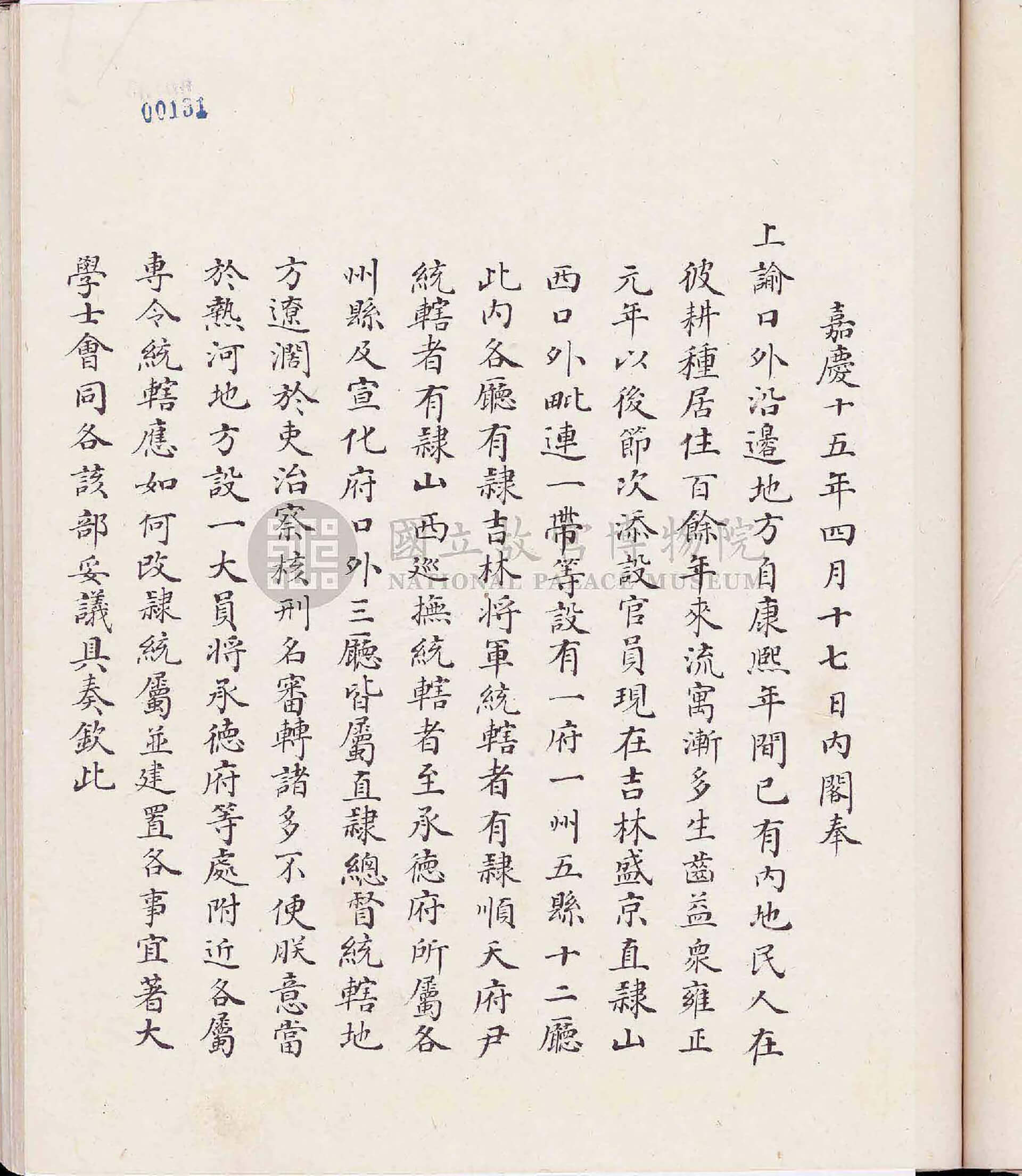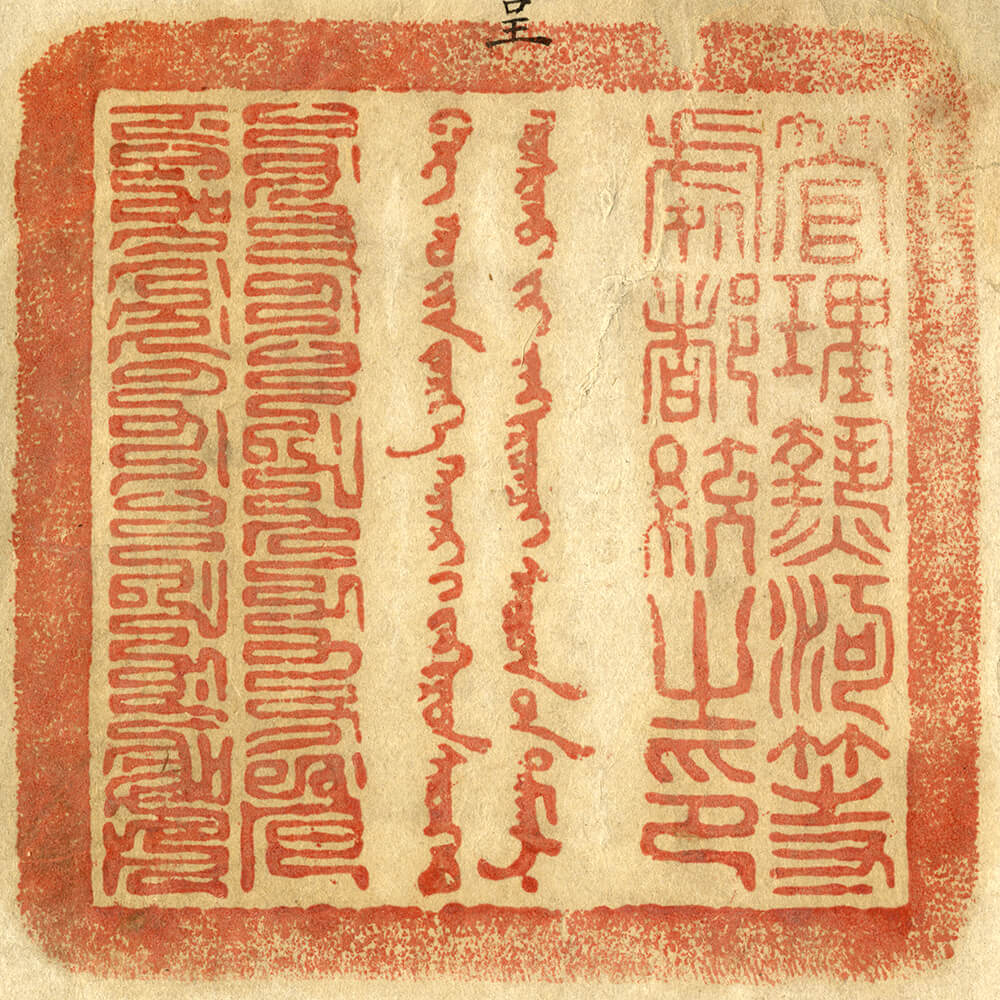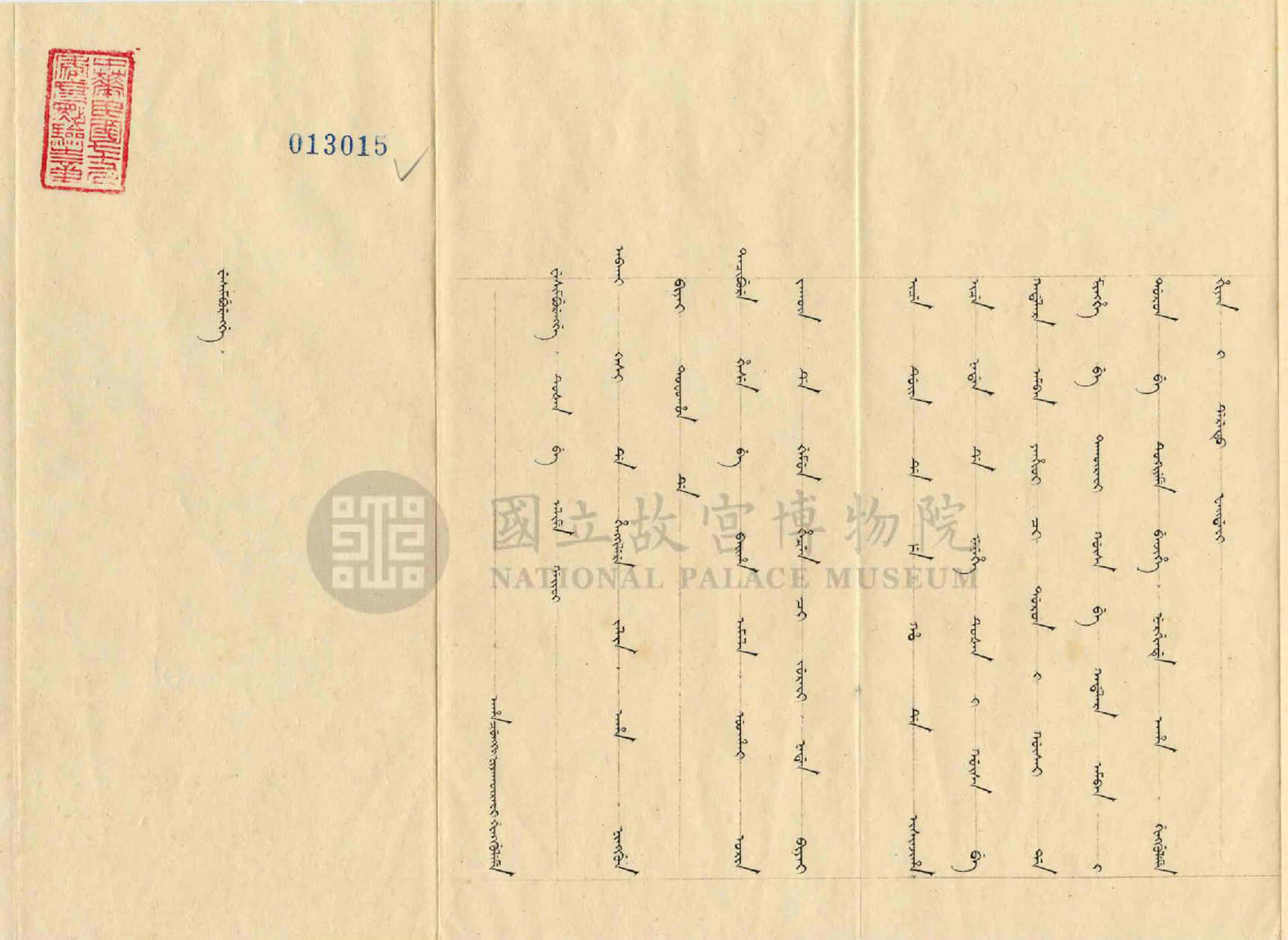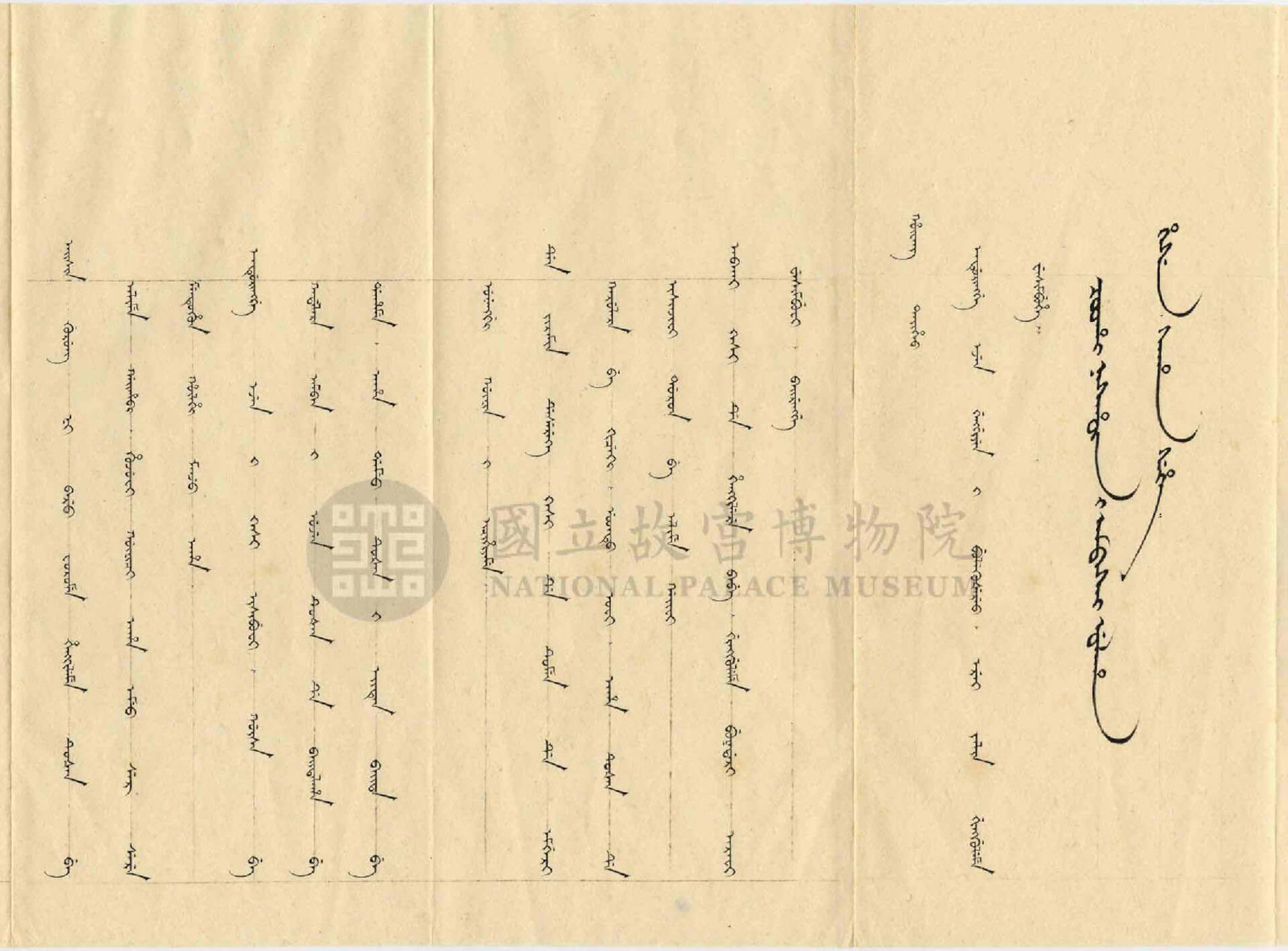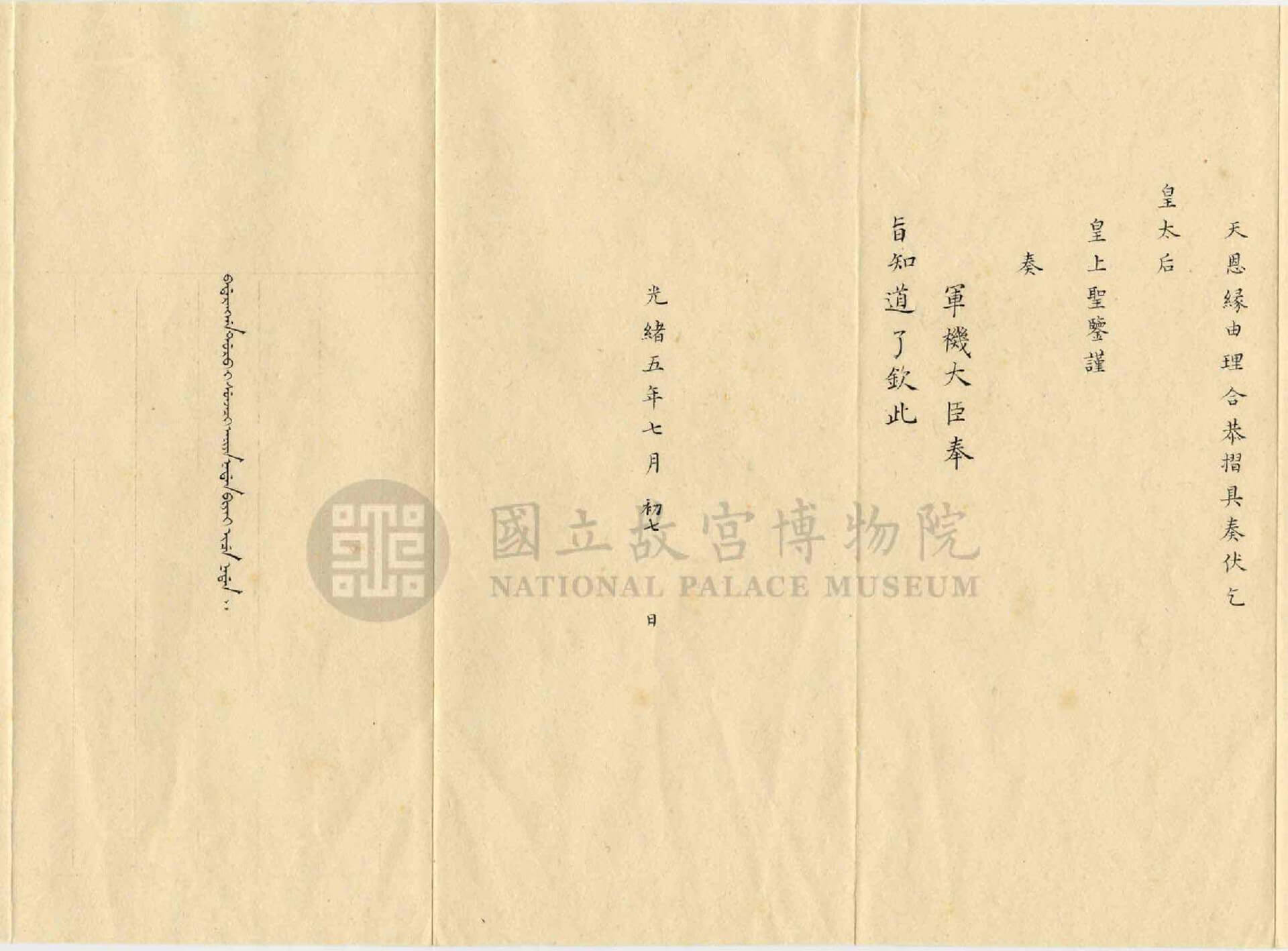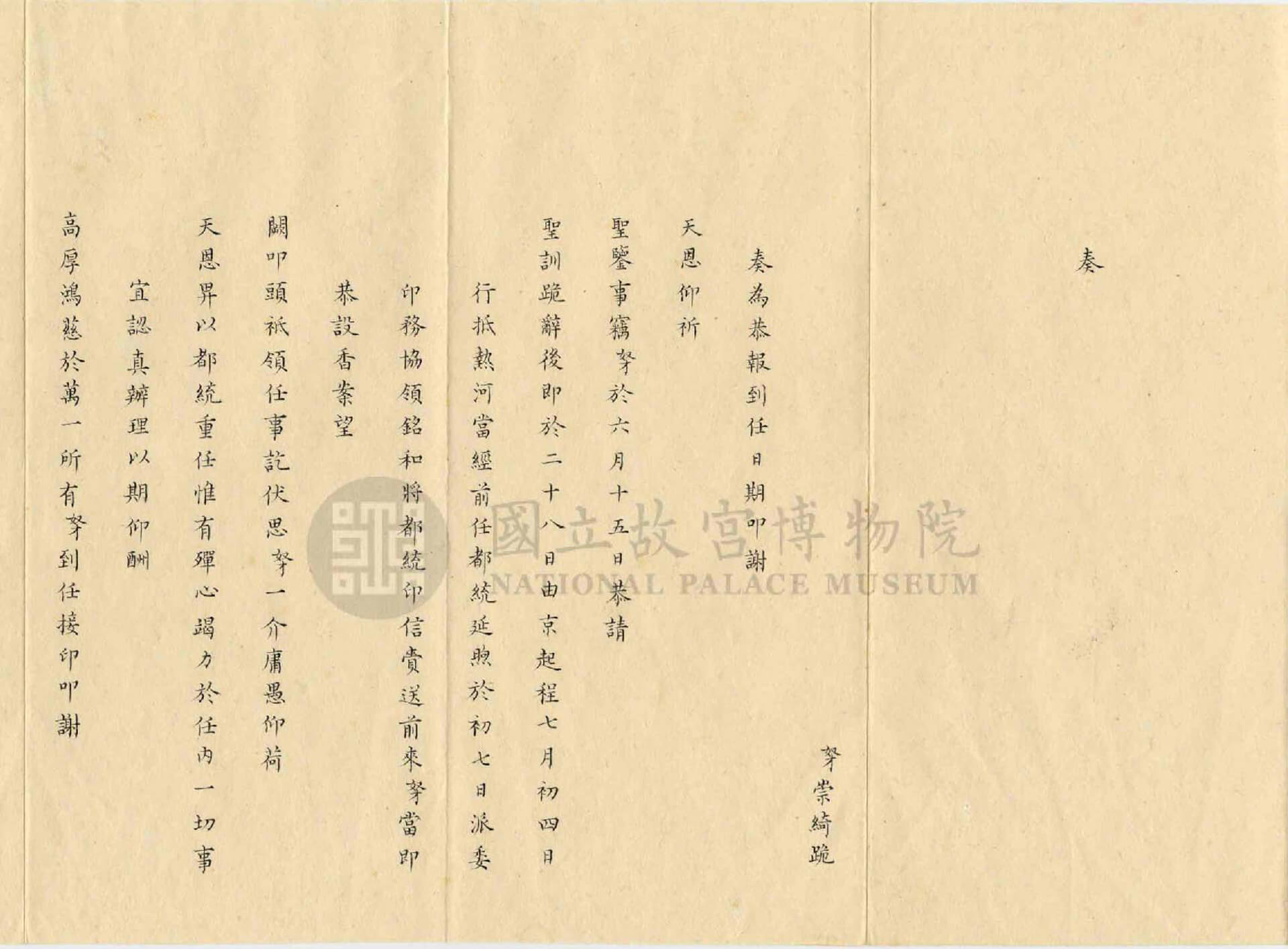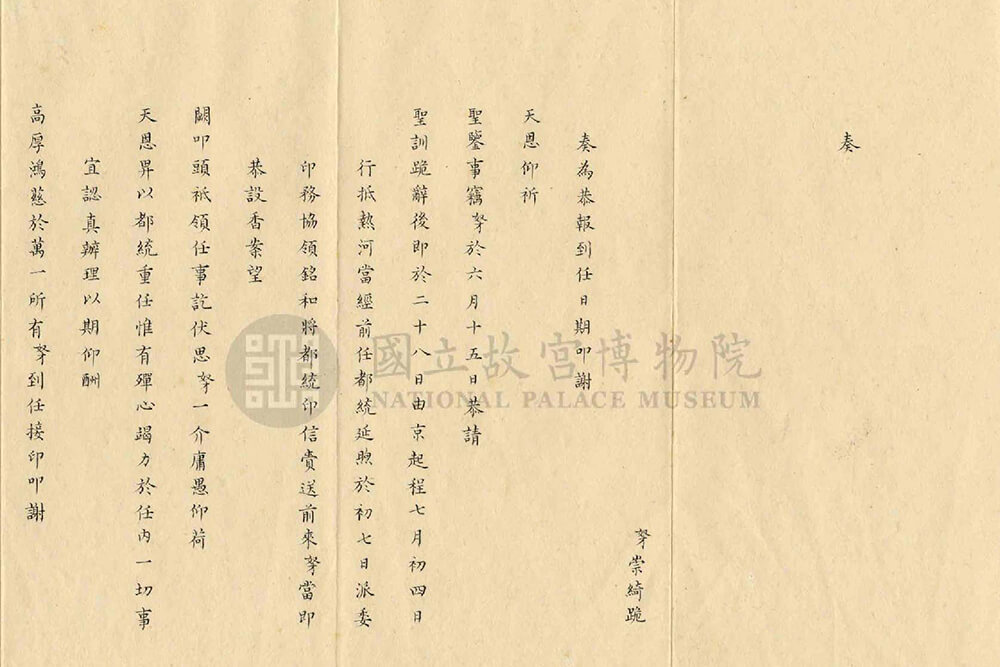Local Administration in the Multi-ethnic Empire
Under Qing rule, China was a multi-ethnic state dominated by the Manchus. In order to maintain stability, the political system at the central government level reflected the state's multi-ethnic composition; meanwhile, at the local government level, regimes of governance also mirrored regional characteristics.
The Chengde Summer Resort stood at the juncture of Manchu, Mongol, and Chinese territories, so the local administrative system was an amalgamation of the governance structures of the three groups: the Manchu Eight Banners were stationed there to ensure the security of the Resort and provide a livelihood for the Manchus, the Mongolian Banners system was a way for the Qing court to woo the Mongol elite and meet their socio-economic needs, while the prefectural and county divisions helped to govern the vast number of Han settlers. Later, with the creation in Jehol of the post of Commander-in-Chief (dutong) during the Jiaqing reign, the above three distinct systems were brought under a single military governance system.
Military-Public Governance System
The Summer Resort in Jehol and its surrounding areas were occupied by the Manchus, Mongolians, and Chinese, who were governed by their respectively officials. However, by the Jiaqing period, the population grew, making the management of people of different nationalities inconvenient and the designation of a high-ranking official who governed people of all nationalities necessary. Accordingly, in 1815, the commander-in-chief of Jehol was created, giving birth to a governance system where the officials governed both military and public matters.
The Summer Resort in Jehol and its surrounding areas were occupied by the Manchus, Mongolians, and Chinese, who were governed by their respectively officials. However, by the Jiaqing period, the population grew, making the management of people of different nationalities inconvenient and the designation of a high-ranking official who governed people of all nationalities necessary. Accordingly, in 1815, the commander-in-chief of Jehol was created, giving birth to a governance system where the officials governed both military and public matters.
Imperial edict to the Cabinet (Neige) to install high-ranking offices in Jehol to regulate administration
- From Shangyu Dang (Archives of Collected Imperial Edicts)
- 17th day of the 4th month of the 15th year of the Jianqing reign (May 19, 1810), Qing dynasty
This imperial edict explained that because of the growing population of Jehol, which included the populations of the Manchus, Chinese, and Mongolians who were governed by their respectively officials, the administrative management of and punishment enforced on the people of different nationalities were inconvenient. Thus, the imperial edict decreed that senior scholars make detailed changes. The scholars finally decided to designate a high-ranking official to govern people of all nationalities, giving birth to the position "the commander-in-chief of Jehol" who looked after both military and civil matters in the city.
Palace memorial extending gratitude to the emperor
- Presented by Cunggi (1830-1900), Commander-in-chief of Jehol
- 7th day of the 7th month of the 5th year of the Guangxu reign (August 24, 1879), Qing dynasty
From 1879 to 1881, Cunggi was appointed as the commander-in-chief of Jehol. This palace memorial, written in Manchu and Chinese and submitted to the emperor, expounded Yan Xu's (1828-1887) handing over of duties and the official seal to Cunggi when Cunggi took office.
Cunggi, a member of the Arute clan and the Mongolian Plain Blue Banner, was the only Mongolian banner member to have been awarded the Number One Scholar in the Qing dynasty. After his daughter became the queen in 1872, Cunggi was named the third-class Duke of Cheng'en and included as a member of the Manchuria Bordered Yellow Banner; his descendants would all inherit the same titles. The above shows that officials appointed as the commanders-in-chief of Jehol were all ministers deeply trusted by the Qing court.
Imperial Edict assigning high-ranking officials to assist in the Office of Commander-in-chief of Jehol for the management of general affairs
- 29th day of the 1st month of the 7th of the Daoguang (January 15, 1828), Qing dynasty
In 1810, the Qing government changed the highest commanders in Jehol from vice commanders-in-chief to commanders-in-chief, and formulated new regulations mandating that the offices of commanders-in-chief look after all banner and civil matter-related affairs. Thus, Ying He submitted a palace memorial requesting for an additional personnel to manage criminal matters, to which Emperor Daoguang replied "request granted." In the palace memorial, Ying also mentioned two officials whom he suspected to have engaged in unlawful behavior and were likely to raise criticisms. Although the emperor did not punish the two officials, he did remove them from their posts.
Copy of a palace memorial extending gratitude to the emperor for granting the title of Commander-in-chief of Jehol
- Presented by Su Chenge (?-1844), New Appointments Commander-in-chief of Jehol
- 24th day of the 4th month of the 13th of the Daoguang (June 11, 1833), Qing dynasty
In 1833, Emperor Daoguang adjusted the vacancies of Manchurian generals in some places. For example, Su Chenge filled in as the commander-in-chief of Jehol. "Palace Memorial Thanking the Emperor for Appointing Su Chenge as the Commander-in-Chief" was submitted by Su to thank the emperor upon learning that Su had been appointed to the post. The palace memorial also reported some water transport-related matters handled by the previous commander-in-chief Cao Yun.
